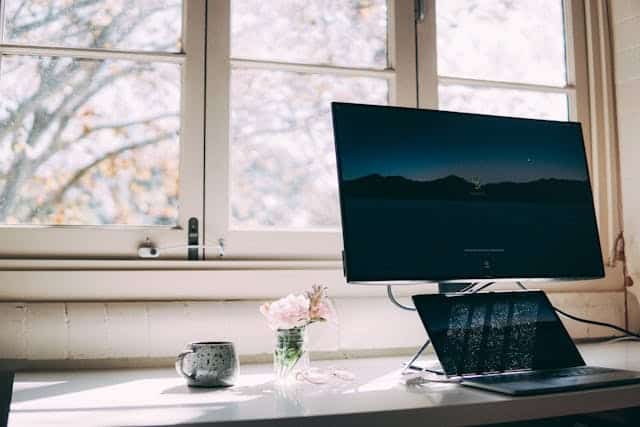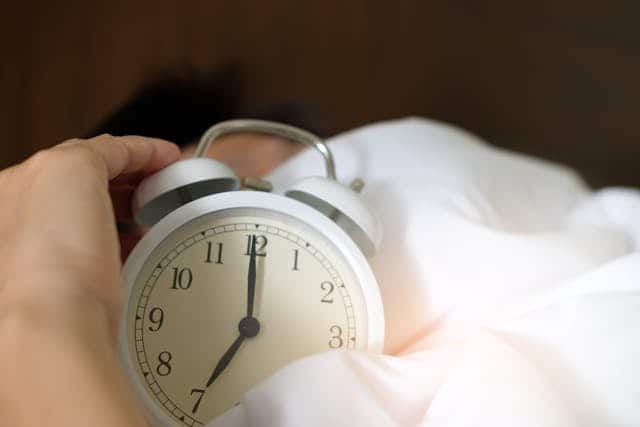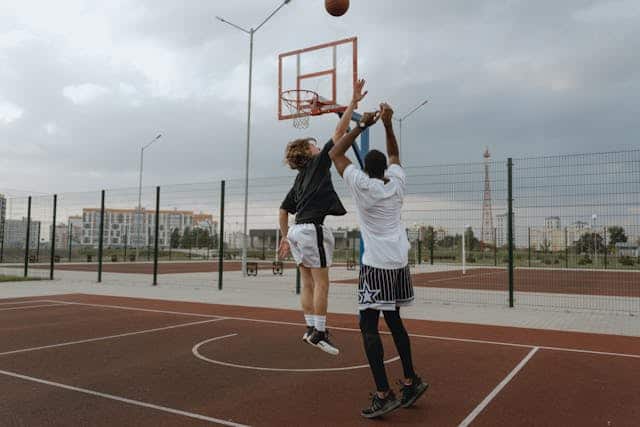
Where Does the Time Go? Displacement of Device-Measured Sedentary Time in Effective Sedentary Behaviour Interventions: Systematic Review and Meta-Analysis
June 15, 2022
Association of Sitting Time With Mortality and Cardiovascular Events in High-Income, Middle-Income, and Low-Income Countries
June 28, 2022A new publication titled “Associations of Passive and Active Screen Time With Psychosomatic Complaints of Adolescents” has recently been published in the American Journal of Preventive Medicine. The full paper can be found here. Citation details and a summary of the paper are re-posted below.
Khan, A., Lee, E.-Y., Janssen, I., & Tremblay, M. S. (2022). Associations of Passive and Active Screen Time With Psychosomatic Complaints of Adolescents. American Journal of Preventive Medicine, 63(1), 24–32. https://doi.org/10.1016/J.AMEPRE.2022.01.008
Introduction
Increased screen time is a ubiquitous part of adolescent life and is adversely associated with their well-being. However, it remains unclear whether different types of screen time have equivalent associations, or if relationships are dose-dependent.
Methods
The data were from 2 nationally representative Health Behaviour in School-aged Children (2010, 2014) surveys across 44 European and North American countries. Psychosomatic health was assessed using 8 complaints and dichotomized as high or low. Discretionary time spent on passive (e.g., TV) and mentally active (e.g., electronic games, computer use) screen-based activities was categorized into 3 groups. Data were analyzed in 2021.
Results
The study included 414,489 adolescents (average age, 13.6 [SD=1.63] years; 51.1% girls). Multilevel modeling showed that psychosomatic complaints increased monotonically once all forms of screen time exceeded 2 hours/day. Adolescents reporting high (>4 hours/day) TV time, compared with those reporting low (≤2 hours/day), had higher odds of reporting psychosomatic complaints with 67% higher odds (OR=1.67, 95% CI=1.62, 1.72) in boys and 71% (OR=1.71, 95% CI=1.66, 1.75) in girls. High electronic game use was associated with psychosomatic complaints, with odds being 78% higher in boys (OR=1.78, 95% CI=1.73, 1.84) and 88% higher in girls (OR=1.88, 95% CI=1.82, 1.94). Similar associations were found between computer use and psychosomatic complaints.
Conclusions
Passive and mentally active screen time are adversely associated with psychosomatic complaints in a dose-dependent manner, with associations slightly stronger for active than passive screen time. This study supports limiting any type of screen time, either passive or active, to 2 hours/day to foster well-being.




